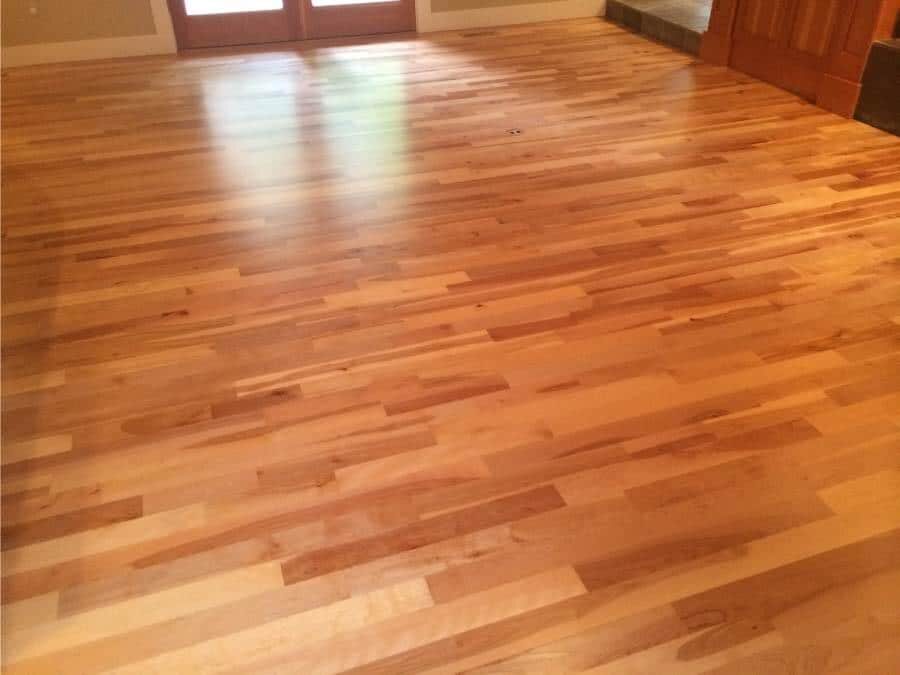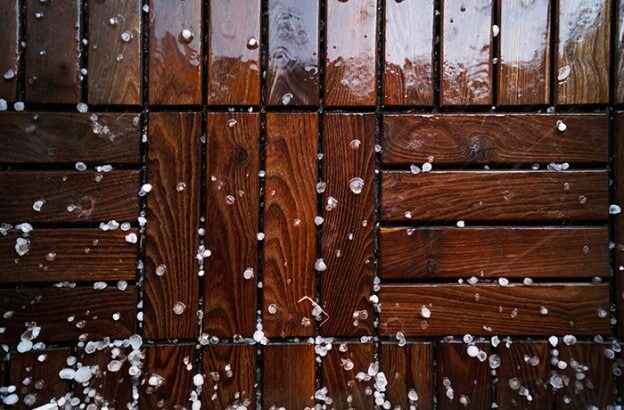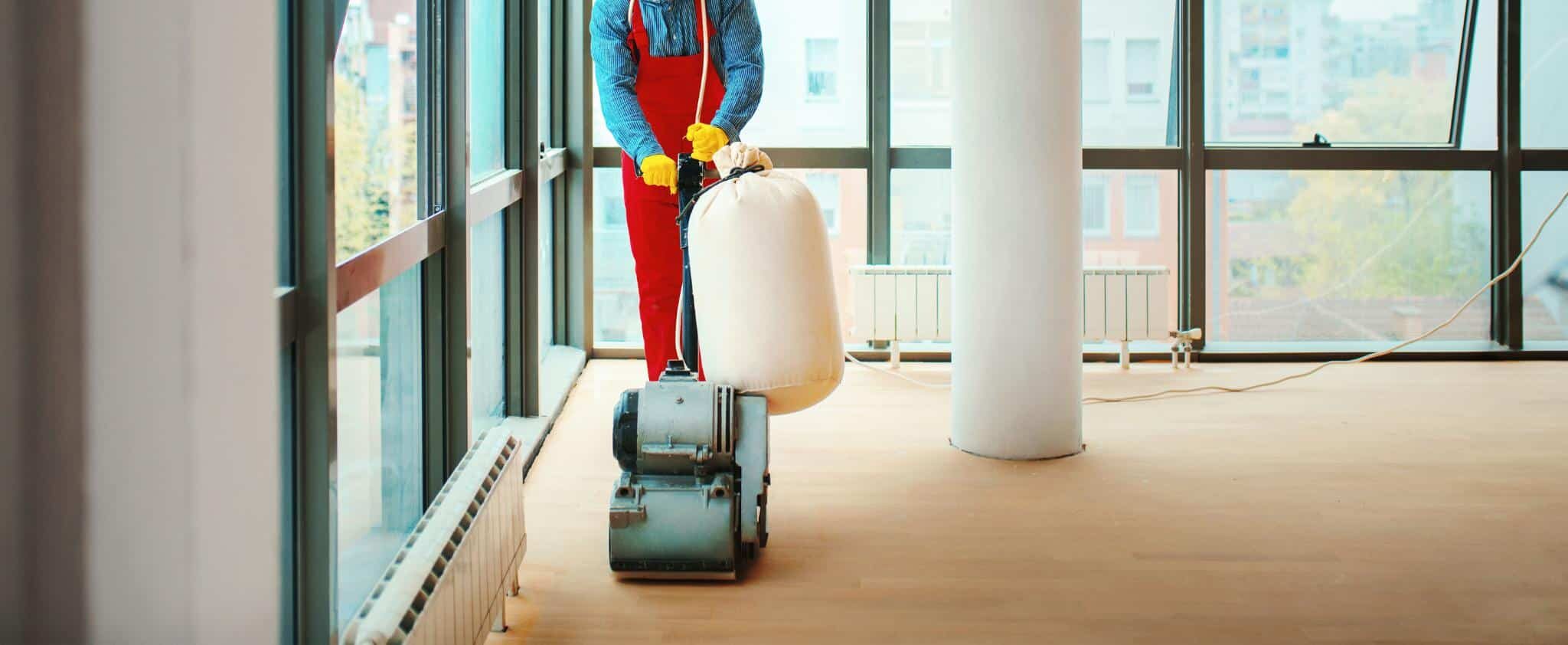London:
Nationwide:
How to Improve Your Floor’s Appearance with floor Screening
Posted on January 29, 2024
Floor sanding techniques
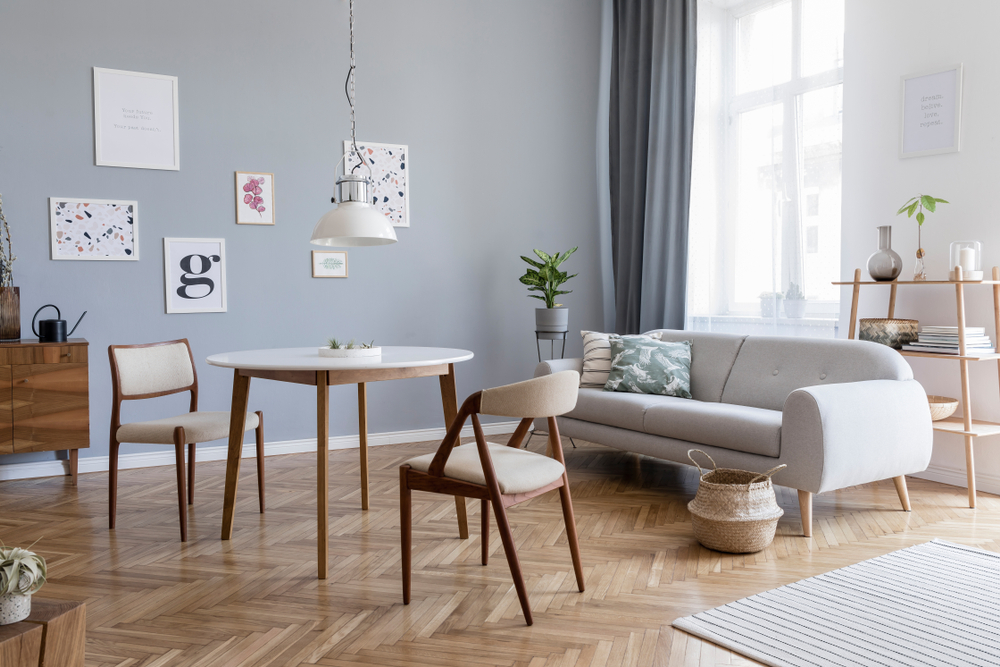
Enhancing Your Floor’s Beauty: A Complete Guide to Floor Screening
The journey of wood floor screening is a tale of transformation and reverence, an intricate dance where patience meets craftsmanship. As we delve deeper into the world of floor revival, we uncover layers of beauty and history embedded in the humble wood beneath our feet. This guide not only offers a practical roadmap to enhancing your floor’s appearance but also invites you to a deeper understanding and appreciation of this often-overlooked art form.
The process of floor screening is about connecting with the wood’s very essence. Each plank and panel holds within it a story, a fragment of time captured in its grains and textures. As we embark on the process of screening, we’re not just altering a surface; we’re engaging in a dialogue with these stories, allowing them to shine forth and become part of the living tapestry of our homes. This connection deepens our appreciation for the natural materials we so often take for granted, fostering a sense of stewardship and care.
We guide you through the nuances of screening, from preparing the floor to choosing the right finish. We also invite you to journey beyond the surface. This exploration is not just about the ‘how’, but also the ‘why’—why we cherish these natural elements, why we endeavour to preserve them, and why their beauty is worth the effort. In enhancing your floor’s appearance, you’re participating in a time-honoured tradition of craftsmanship and care, a tradition that speaks to the very essence of what it means to create a home.
In the realm of home care and interior aesthetics, the art of floor revival stands as a testament to the enduring beauty of nature and the human touch. It’s an often overlooked craft—one that whispers tales of history and resonates with the echo of footsteps past. In this journey of enhancing the appearance of your floors through screening, we delve not just into a practical guide but into a poetic exploration of wood, its life, and its transformation.
Floors, the foundation of our homes, are more than mere surfaces; they are canvases of history, bearing marks and stories in every scratch and stain. Over time, these wooden tapestries dull under the weight of life, losing their lustre to the mundane trample of daily existence. Screening, a gentle yet transformative process, reawakens the hidden beauty of these wooden floors. It’s a process that does not strip the wood of its history but instead highlights it, bringing out the depth and richness hidden beneath years of wear.
In a world where replacement and renovation dominate, the act of screening is a pause, a moment of reflection, and a sign of respect for what is already there. It’s an ecological choice, a nod to sustainability, and a commitment to preservation. This practice is less about erasing the old and more about rejuvenating and embracing it. As we embark on this journey, we acknowledge the wood’s inherent beauty and character, understanding that each floor has its own unique narrative, one that we are not erasing but rather illuminating.
The path to improving your floor’s appearance through screening is as much an artistic endeavour as it is a practical one. It is an intimate dance between human and material, a respectful restoration of the old, and a celebration of natural beauty. As we step into this world, let us do so with the reverence it deserves, ready to uncover the stories and splendour that lie just beneath our feet.
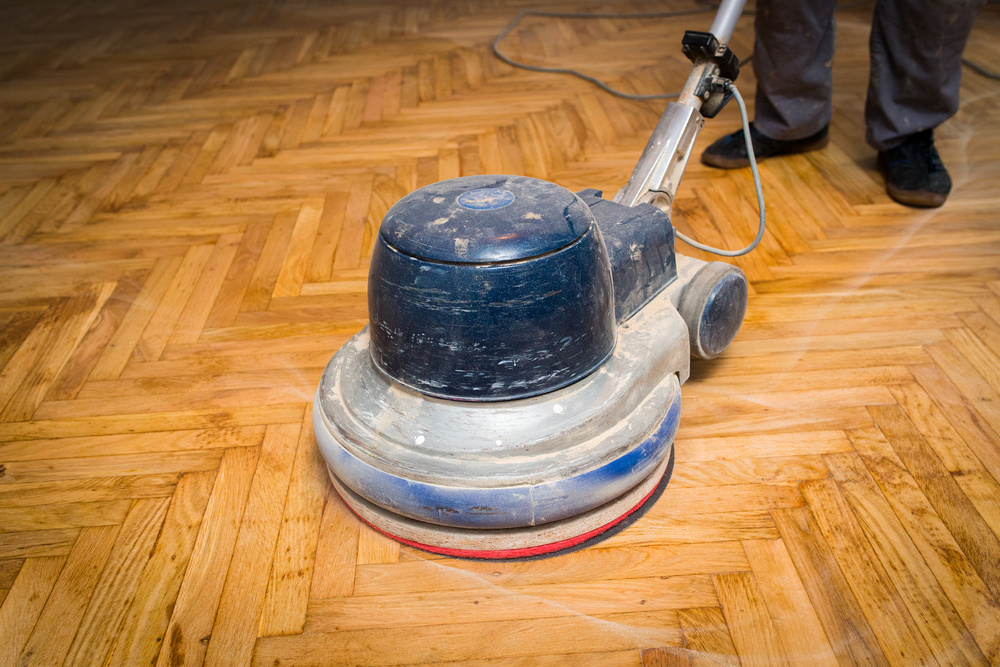
Understanding Your Floor’s History
In the realm of floor revival, the journey begins not with tools or techniques but with a profound understanding and appreciation of your floor’s unique history. Each floor, with its distinctive wood grains and patterns, is a silent witness to the passage of time, holding stories and secrets within its worn surface.
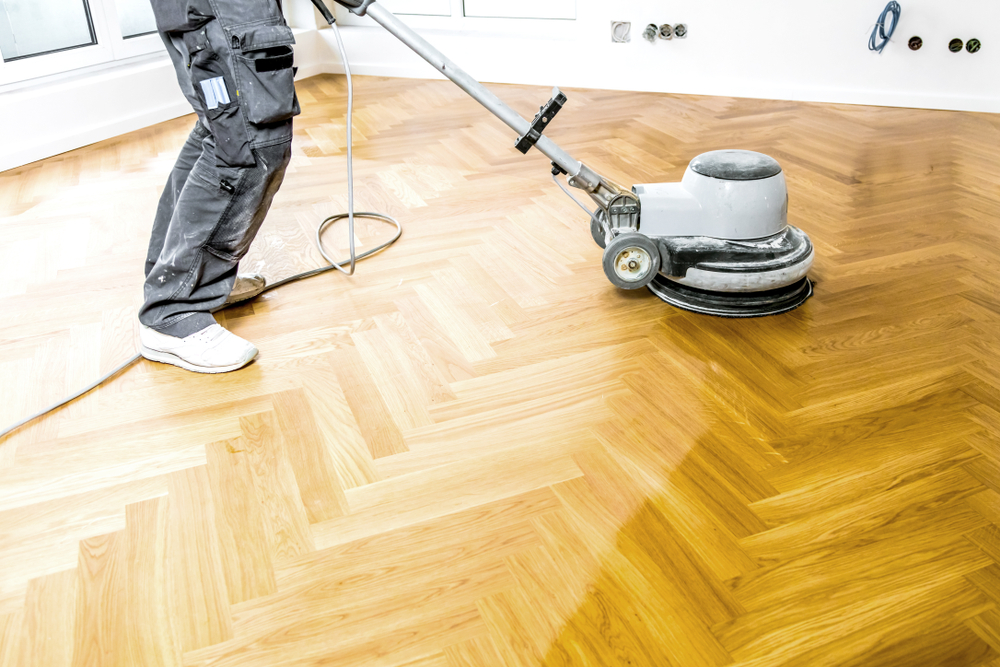
The Story Told by Scratches and Stains
Every scratch, dent, and stain on a wooden floor is more than a mark; it’s a memoir of moments lived and memories created. These imperfections, often seen as flaws, are in fact chapters of a larger narrative that the floor has been recording over years, if not decades. Scratches may speak of energetic pets or the scurry of children’s feet, while stains could narrate tales of spilled wine from a joyous celebration or drops of rain from a forgotten, open window. Embracing these marks is embracing the life that has traversed the wood.
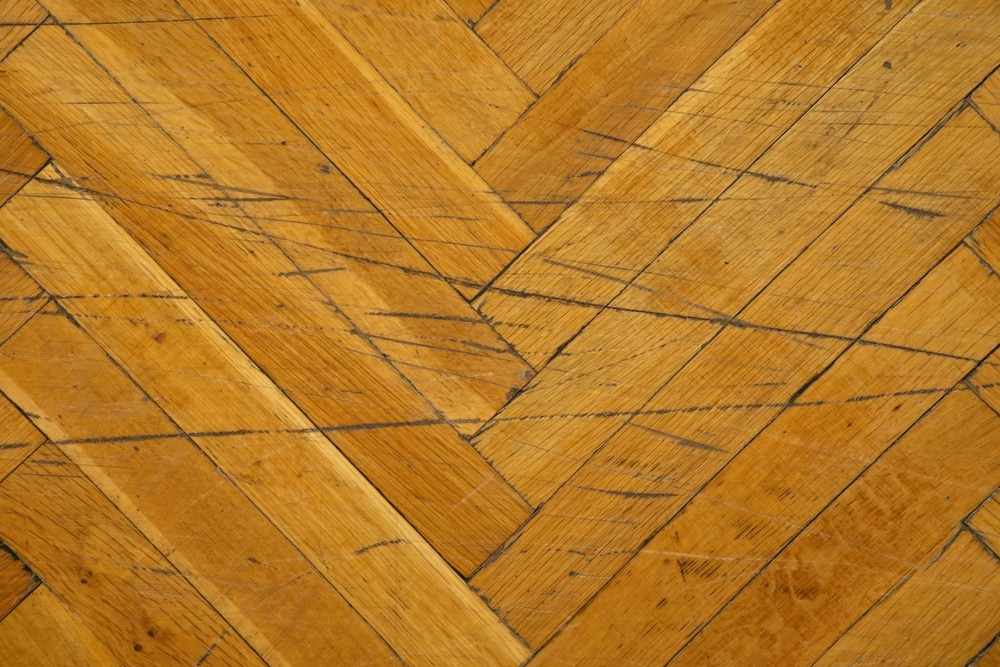
Wood: A Living, Breathing Material
Wood is not just a static, inanimate material; it is living, breathing, and ever-evolving. Even after being shaped into a floor, wood continues to react to its environment, expanding with humidity, contracting in the cold, and ageing gracefully under the sun’s rays. This organic nature of wood demands respect and understanding. To truly enhance its appearance, one must acknowledge its natural properties, its responses to the elements, and its inherent beauty.
In understanding your floor’s history, you gain not only a deeper appreciation of its aesthetic charm but also valuable insights into the best methods for its care and revival. This knowledge allows you to approach the screening process with a sensitivity that respects the wood’s past, celebrates its present, and preserves its future. As we embark on this journey of floor screening, we do so with a profound respect for the stories and life etched into every plank underfoot.
Preparing for the Screening Journey
Embarking on the journey of floor screening is akin to preparing for a respectful ritual, one that reveres the past while rejuvenating the present. This preparation is a crucial step, laying the groundwork for the transformation that is to come. It’s about assembling the right tools, setting the stage, and aligning oneself with the task at hand, all while maintaining a deep respect for the material and the process.
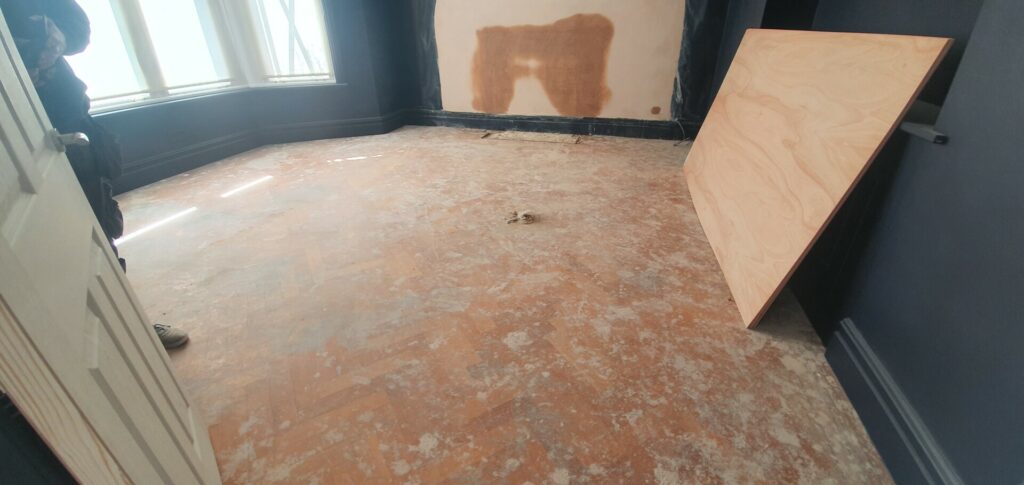
Assembling the Right Tools
The first step in this journey is gathering the necessary tools and materials, each chosen with care and consideration for the task. Essential tools for screening include a floor buffer with a screening pad, sanding screens of appropriate grit, a vacuum cleaner, and other cleaning supplies. These tools are not just implements of change; they are extensions of the restorer’s hands and intentions. Choosing high-quality, appropriate tools is a homage to the craft and ensures that the screening process honours the wood’s integrity and history.

Clearing and Cleaning
Before the screening can begin, the stage must be set. This involves clearing the room of furniture and any other items to provide unimpeded access to the entire floor. It’s a process of creating space, both physically and metaphorically, for renewal. The next crucial step is cleaning the floor thoroughly. This cleaning is not merely about removing dirt and debris; it’s about preparing the canvas. It involves gently yet thoroughly removing layers of dust, grime, and any remnants of old wax or sealant. This cleaning process ensures that the screening will be even and effective, allowing the beauty of the wood to emerge unobscured.
In preparing for the screening journey, we do more than just prepare the space and tools; we prepare ourselves. It’s a process that requires patience, attention to detail, and a deep appreciation for the task at hand. As we move forward, we do so with a sense of reverence for the wood’s history and an eagerness to reveal its hidden beauty. This preparation is the foundation upon which the art of floor revival is built, a crucial step in transforming and honouring the floors that support us.
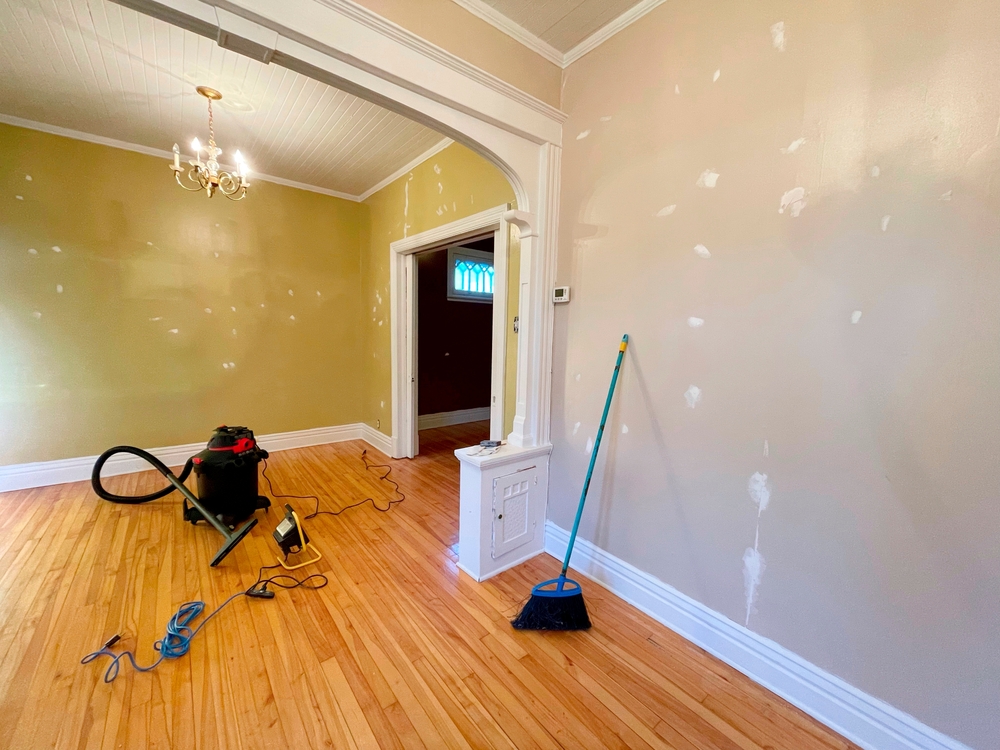
The Screening Process: A Step-by-Step Guide
The screening process is a delicate art, a dance between the restorer and the wooden floor, where each step is taken with precision and care. This guide provides a step-by-step approach to screening, ensuring that the beauty of the wood is gently coaxed to the surface, revealing its full splendour.
The First Touch: Initial Sanding
- Begin the screening process by attaching a fine-grit sanding screen to the floor buffer. This initial touch should be gentle, a light grazing over the wood’s surface. Move the buffer in smooth, even strokes, allowing the screen to lightly abrade the top layer of the finish. This step is not about removing the entire finish but rather about scuffing it to create a suitable surface for the new finish to adhere to.
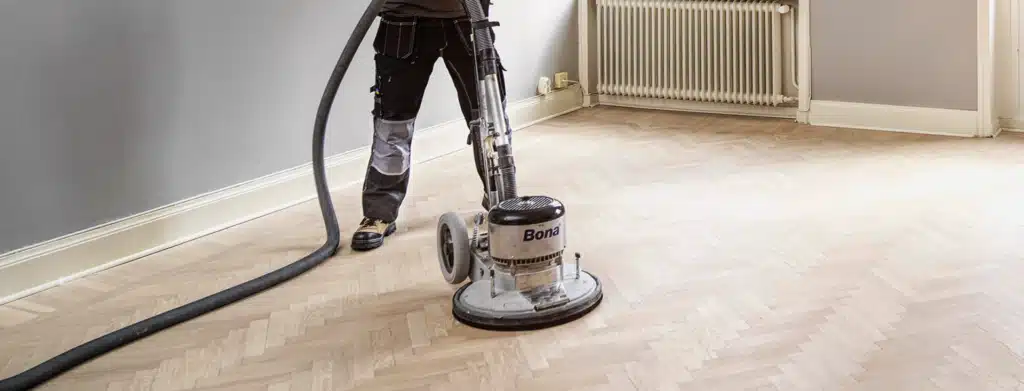
The Rhythmic Dance of the Screen and Floor
- Screening is a rhythmic process, requiring a harmonious balance between pressure and movement. Work in sections, methodically moving across the floor. Keep the buffer moving at all times to avoid gouging the wood. This stage is about uniformity and grace, ensuring that the entire floor is evenly treated. As you screen, you’ll notice fine dust accumulating; this is the old finish being gently removed, making way for renewal.
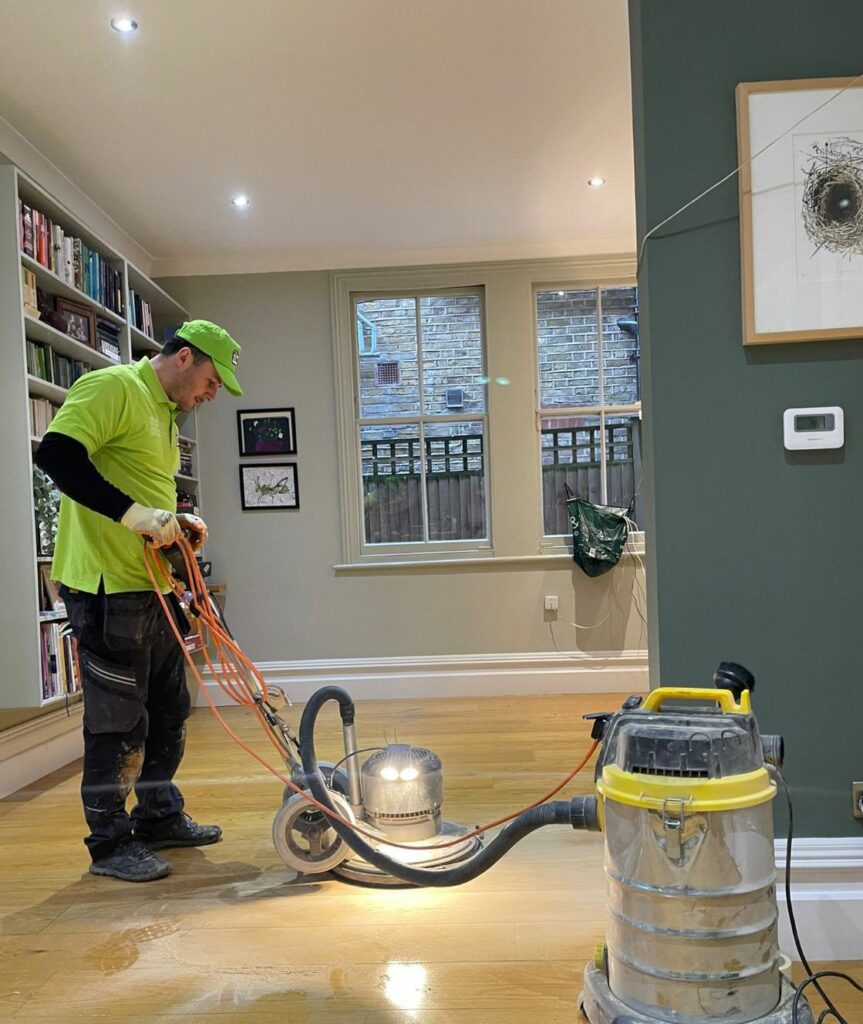
Dust and Details: The Cleanup Phase
- Once the entire floor has been screened, it’s time for cleanup. This phase is as important as the screening itself. Vacuum the floor thoroughly to remove all the dust created during the screening. Follow up with a tack cloth or a damp mop to pick up any remaining fine particles. The goal is to leave the floor impeccably clean, creating a pristine base for the new finish. This attention to detail ensures that the new finish will be smooth and flawless.
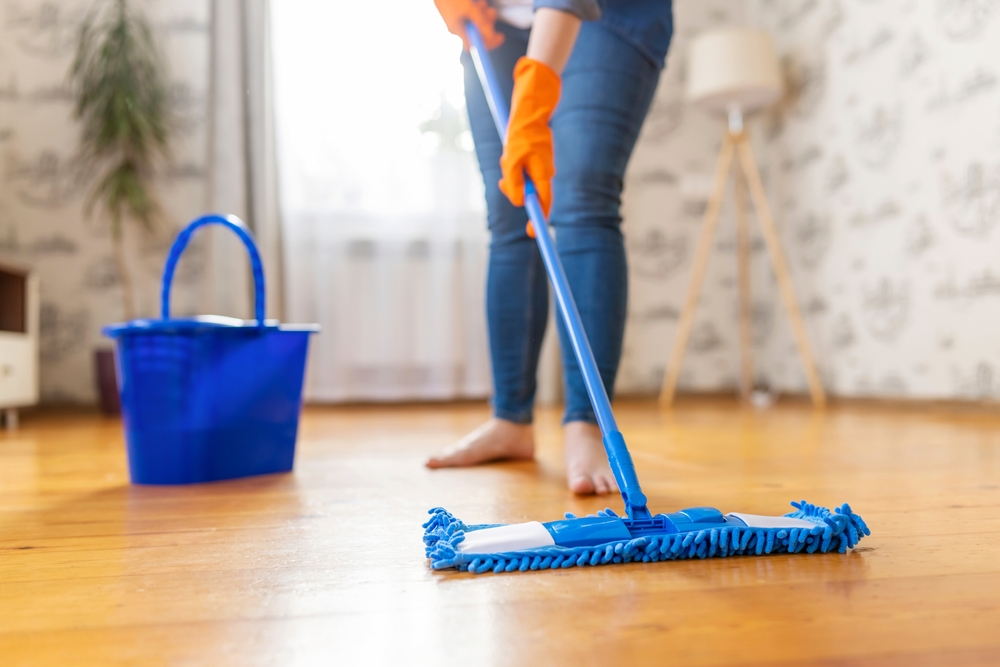
In this step-by-step guide, the screening process is demystified, yet its artistry is not diminished. Each step is taken with respect for the material and an understanding of its nature. The result is not just a renewed floor but a revitalised piece of the home, rich with history and beauty, ready to continue its journey underfoot.
Choosing the Right Finish
Selecting the right finish for your screened floor is a pivotal decision in the restoration journey. This choice not only impacts the floor’s appearance but also its durability and the way it interacts with the daily life of the home. The right finish serves as a protective layer, enhancing the wood’s natural beauty while preserving its integrity for years to come.
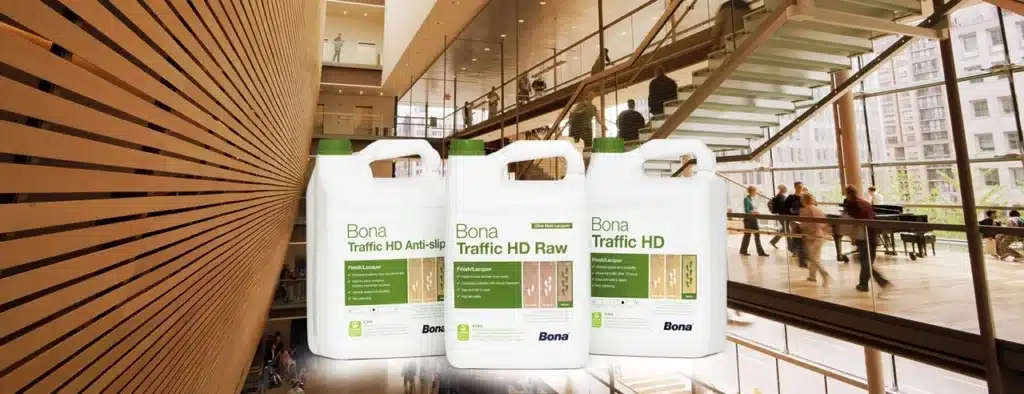
The Colour of Wood: Stains and Tints
- Before applying a sealant, consider if you wish to change the colour of your wood with a stain. Stains come in a variety of shades, from light tints to deep, rich tones, allowing you to customise the floor’s appearance. When choosing a stain, consider the wood’s natural colour and grain pattern, as well as the overall aesthetic of the room. A stain should enhance, not overpower, the natural beauty of the wood. Test the stain on a small, inconspicuous area of the floor to ensure it provides the desired effect.
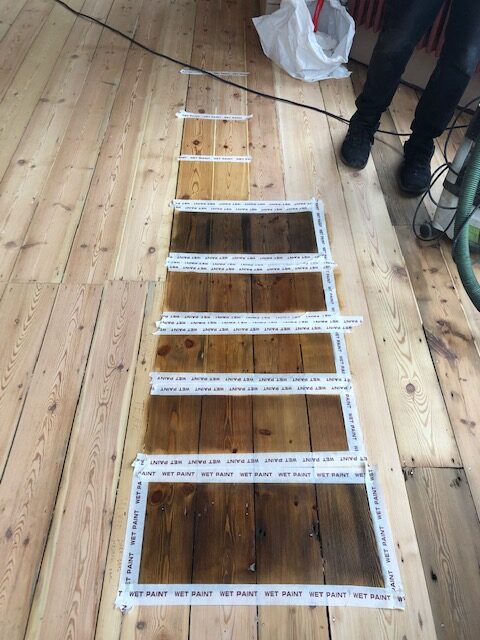
Sealing the Story: Selecting the Sealant
- The sealant is the final, protective layer of your floor’s new finish. There are several types of sealants, each with its own properties and effects:
- Polyurethane is a popular choice for its durability and resistance to wear. It comes in various sheens, from matte to high gloss.
- Oil-Based vs. Water-Based: Oil-based finishes offer a rich, deep coloration but take longer to dry and have a stronger odor. Water-based finishes dry faster and have less odour, but might not provide as deep a colour.
- Wax: Offers a natural, low-sheen finish. It’s less durable than polyurethane but can provide a unique, antique look.
- Hardwax Oil: A blend of natural oils and waxes that penetrates the wood, enhancing its colour and grain. It provides a natural look and is easier to repair than polyurethane but requires more frequent maintenance.
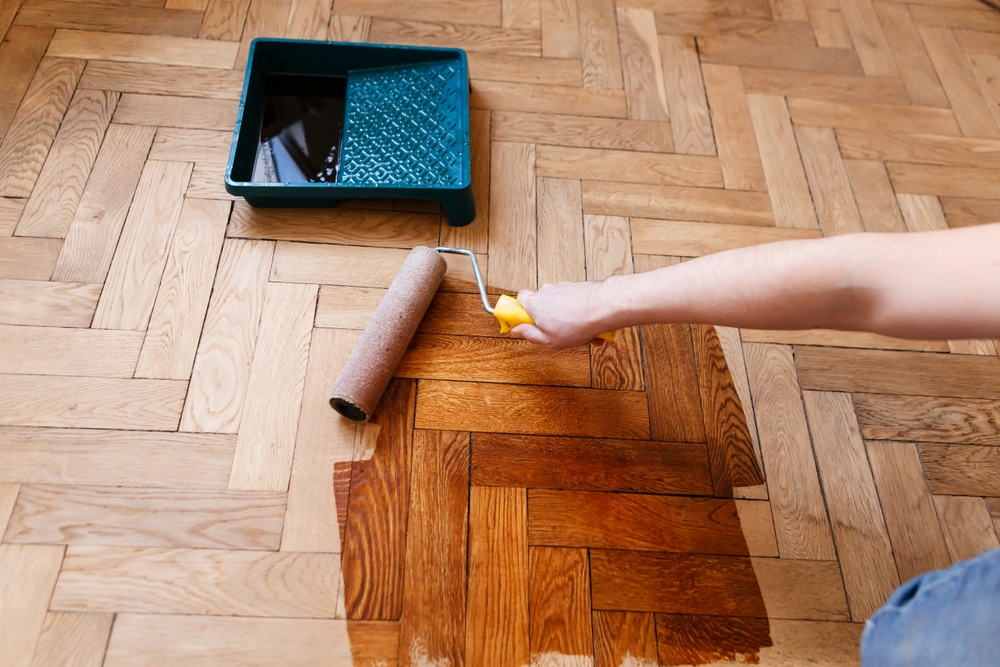
Choosing the right finish for your floor is about striking a balance between aesthetics, functionality, and the lifestyle of your home. It’s about understanding how light interacts with the surface, how daily activities will affect the wood, and how the finish will age over time. Each option offers its own narrative, adding not just a protective layer but also a character to the floor’s ongoing story. This decision is the final step in the screening journey, sealing in the beauty and history of the wood while preparing it for the future.
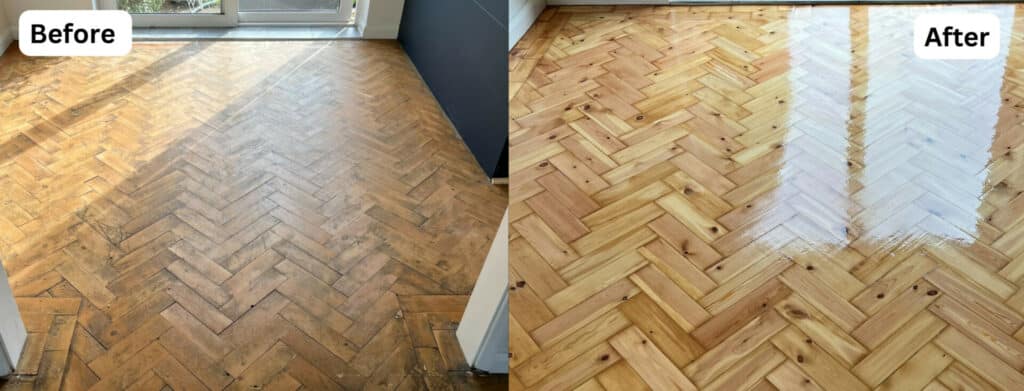
The art of maintenance
Maintaining a screened and refinished floor is not just about preserving its appearance; it’s about honouring its history and ensuring its future. This maintenance is an art form in itself, a series of small, mindful practices that collectively contribute to the floor’s longevity and beauty. Proper care ensures that the floor remains a testament to both its past and its renewed state.
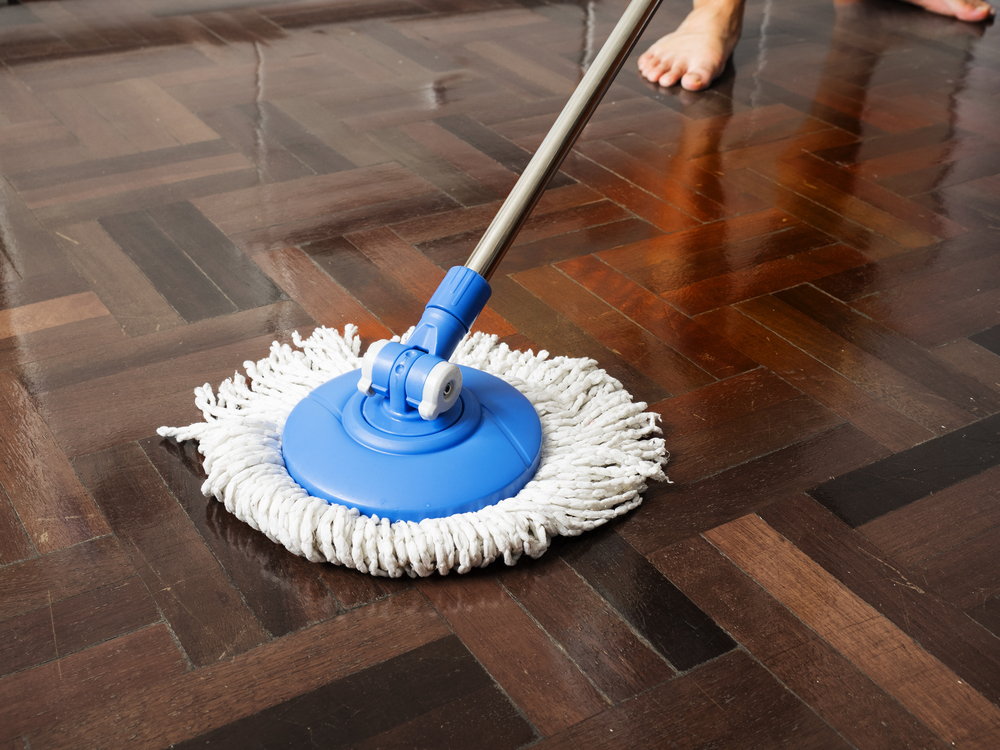
Daily Rituals for Floor Care
- The daily care of a refinished floor is marked by gentle, consistent attention. Avoid harsh chemicals or abrasive cleaners, which can damage the finish. Instead, use a soft broom or a microfiber mop to regularly remove dust and debris. For a more thorough cleaning, use a cleaner specifically designed for wood floors. This routine not only keeps the floor clean but also protects it from the small abrasions that can accumulate over time.
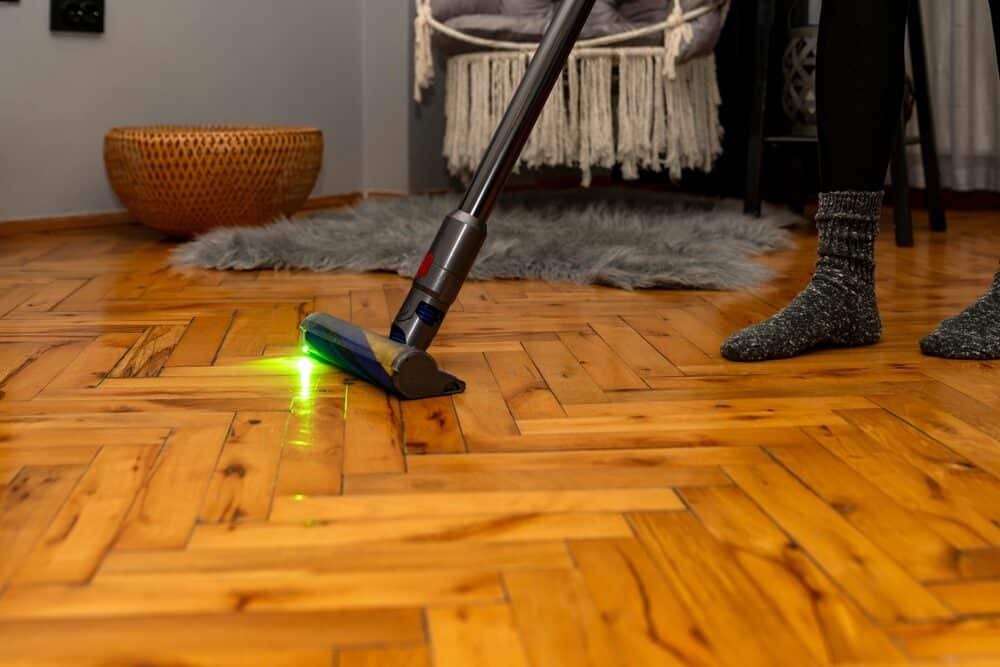
The Longevity of Love: Periodic Re-Screening
- Even with diligent care, a refinished floor will eventually show signs of wear. This is not a failure but a natural part of the floor’s life cycle. Periodic re-screening, every 5 to 10 years, depending on the level of traffic and wear, is an essential aspect of its long-term maintenance. Re-screening refreshes the finish without the need to sand down to bare wood, preserving the floor’s integrity and extending its life.
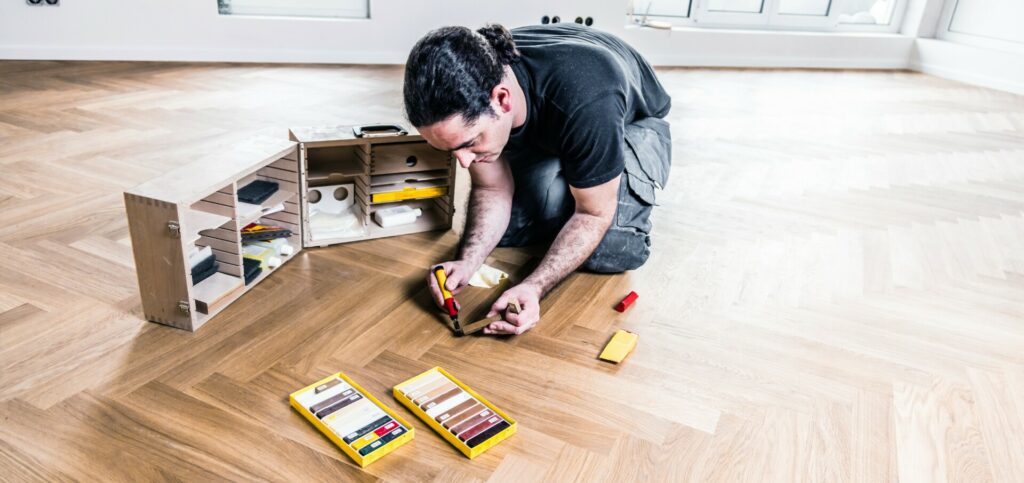
In the art of maintenance, each action is a small act of preservation, a testament to the value placed on the floor’s aesthetic and historical significance. This care is not just a physical process; it’s a reflection of respect and appreciation for the floor’s role in the home. By maintaining the wood floor, you’re not just preserving a surface; you’re sustaining a piece of your home’s story and ensuring that it continues to add beauty and character for years to come.
Conclusion: The Floor’s Future
As we conclude our journey through the process of screening and reviving your floor, we look ahead to the future of this essential and often understated part of our homes. The steps taken in screening, choosing finishes, and maintaining the floor are not just about restoring a surface; they are acts of renewing a piece of history and preparing it for the chapters yet to be written.
A Renewed Surface, A Renewed Soul
The transformation of a floor through screening is more than a physical renewal; it’s a rejuvenation of the space itself. A well-maintained and lovingly restored floor can change the entire ambiance of a room, imparting a sense of warmth, history, and elegance. This renewal is a reminder of the continuity between past and present, a tangible link to the stories and lives that have traversed its surface.
The Endless Cycle of Beauty and Care
The journey of floor care is an ongoing cycle, a continuous dialogue between the present and the past. The screening process, the selection of finishes, and the daily rituals of maintenance are part of a larger narrative. Each step taken in caring for your floor is a contribution to its future story, ensuring that it will continue to be a foundation of beauty and history for years, even generations, to come.
As we draw this guide to a close, we not only leave you with a roadmap for revitalising your floors but also with a new perspective on the role they play in your home. The future of your floor, post-screening, is not just a testament to its enhanced beauty but also to the enduring relationship between your home and its foundational elements. This conclusion is not an end, but the beginning of a renewed journey with your living space.
Embracing a Legacy of Beauty and Function
Your newly screened floor stands as a beacon of both beauty and functionality, a harmonious blend of aesthetic appeal and practical durability. As you walk upon it, you’re treading on a piece of art that echoes with the craftsmanship of the past while embracing the challenges of the future. This floor will not only serve as a stage for life’s many moments but also as a constant reminder of the value of preserving and cherishing our living spaces.
A Commitment to Continued Care and Appreciation
Looking forward, the care you extend to your floor is a testament to your commitment to sustainability and appreciation for quality workmanship. This ongoing journey of maintenance and care ensures that your floor remains more than just a surface; it becomes a living, evolving part of your home. Your engagement in this process is a reflection of your respect for the material, the craftsmanship, and the environment.
In conclusion, the journey of improving your floor’s appearance with screening is an enriching experience that extends beyond the physical transformation. It is about fostering a deeper connection with your home, understanding the intrinsic value of natural materials, and committing to a future where beauty, functionality, and care coexist harmoniously. As you step into this future, you carry with you the knowledge, skills, and appreciation for a craft that transcends mere aesthetics, embedding itself into the very fabric of your everyday life.
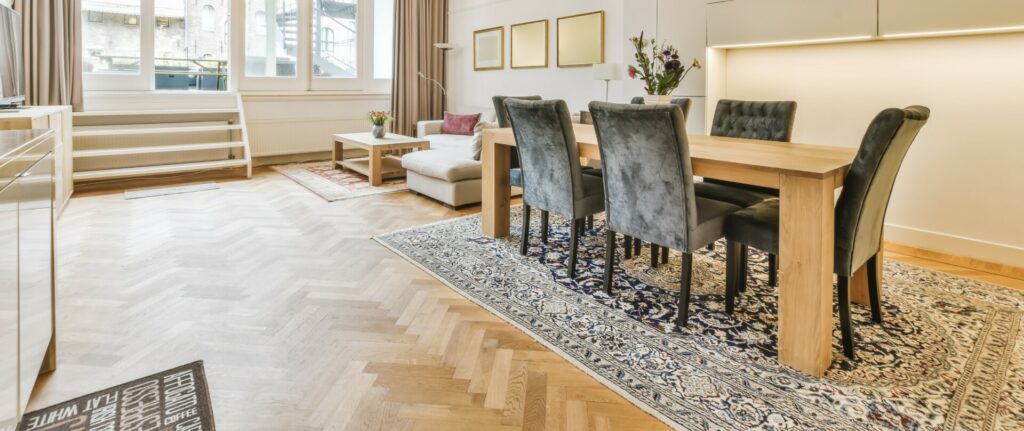

Sanding
We provide virtually dust-free sanding with our continuous belt machinery with mobile extraction units, giving you a safer environment for your family.
Oiling
This organic finish not only adds beauty to your home but also has exceptional water-repellent characteristics, making it easier to clean and maintain.
Waxing
This natural floor finish offers the softest and most mellow appearance – and leaves your floor able to breath.
Buffing
Using soft buffing machines (and hand-polishing where required) will bring a wonderful sheen to your newly-finished floor.
Repairs
We offer a full assessment of your wooden floors to determine what repairs are needed to provide the perfect working surface for the later stages of sanding, staining and sealing.
Restoration
We offer a comprehensive restoration process designed to address floors that are improperly fitted or damaged over time through wear and tear.
Request a fixed price quote for your wood floor restoration now
Simply enter your postcode below to get started.
Services
Wood Floor Sanding Wood Floor Restoration Wood Floor Scratch Repair Squeaky Wood Floor Repair Parquet Floor Sanding Parquet Floor Restoration Commercial Floor Sanding Church Floor Sanding Community Centre Floor Sanding School Floor Sanding Gap Filling Gap Filling with ResinCopyright © Mr Sander®
Privacy & Cookies Terms & Conditions Complaints Procedure Cancellation Rights Sitemap